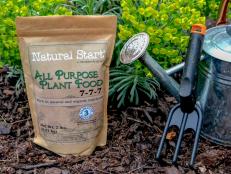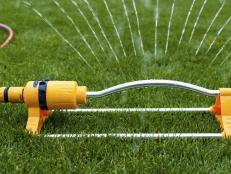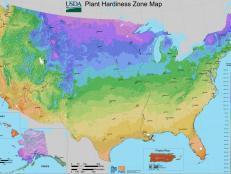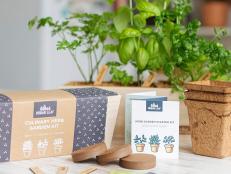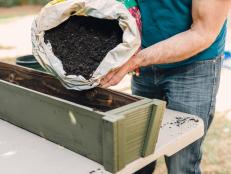Preventing Powdery Mildew

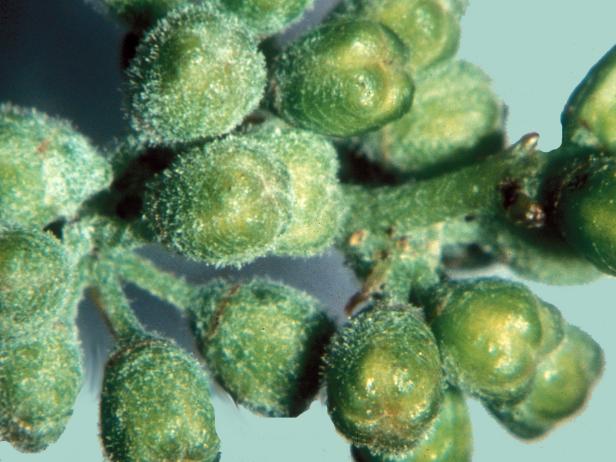
Image courtesy of University of Georgia Plant Pathology Archive, University of Georgia, Bugwood.org
Powdery mildew is a catch-all name given to a variety of fungi affecting a wide range of plants including flowers, vegetable plants and ornamental trees. Most often manifesting as a grey to white blanket of unsightly powder on the surface of leaves, flower petals and stems, powdery mildew is rarely fatal, but may impact photosynthesis causing leaf loss or discoloration and create plant stress leading to secondary problems. Affected buds may fail to flower and fruit-bearing plants can experience decreased production or diminished flavor of the fruit itself.
Overwintering in plant debris, powdery mildew will surface in the spring, spread by wind, insects or water splashed between plants. Most common in warm, high-humidity conditions, once the spores have found a suitable host, it does not invade the tissue, but coats outside surfaces. It feeds by anchoring root-like appendages called haustoria into epidermal cells.
Each type of fungi in the family of diseases called powdery mildew requires specific hosts to thrive. Mildew found on one plant may have no impact on neighboring plants of different varieties. Mildew found on squash, for example, may not impact nearby roses.
Cultural control is the first line of defense against powdery mildew. In regions where mildew is common, many plants like roses and vegetable plants have been developed to be resistant to powdery mildew. All plants should be kept healthy and planted in conditions for optimal health and growth. Full sunlight is preferred and overcrowding of plants should be avoided. Plants spaced too close together promote air stagnation and raise humidity beneath leaves, conditions in which powdery mildew thrives.
Use soaker hoses to water plants. Overhead watering is not generally advised, but can potentially reduce short-term problems with powdery mildew by washing spores from leaves. It does, however, also adversely increase relative humidity, which encourages spore development. Overhead watering should be done in the morning to give plant surfaces adequate time to dry in the sunlight.
When powdery mildew is detected on plants, immediately remove and destroy affected plant parts, including leaves, stems and flowers. Prune plants to improve air circulation and, if necessary, cull overcrowded plants. Because powdery mildew prefers young, succulent growth, during this time, fertilization should be suspended until plants are free of mildew. Any overhead watering should be discontinued, using soaker hoses or hand watering at the roots.
If cultural controls are ineffective or the stress impact is too great, chemical intervention may be necessary. Common treatments include, but are not limited to, sulphur, neem oil or horticultural oils. Before applying fungicides, confirm the affected plants and select fungicides appropriate to the variety of powdery mildew present. As with all chemical treatments, follow instructions carefully regarding volume, duration and frequency.
When powdery mildew has been a problem in a vegetable garden, clear and destroy all plant debris from the plot once the growing season has ended. Do not compost these materials. Debris from all affected and neighboring plants should be burned or removed from the site to prevent overwintering of fungi.







